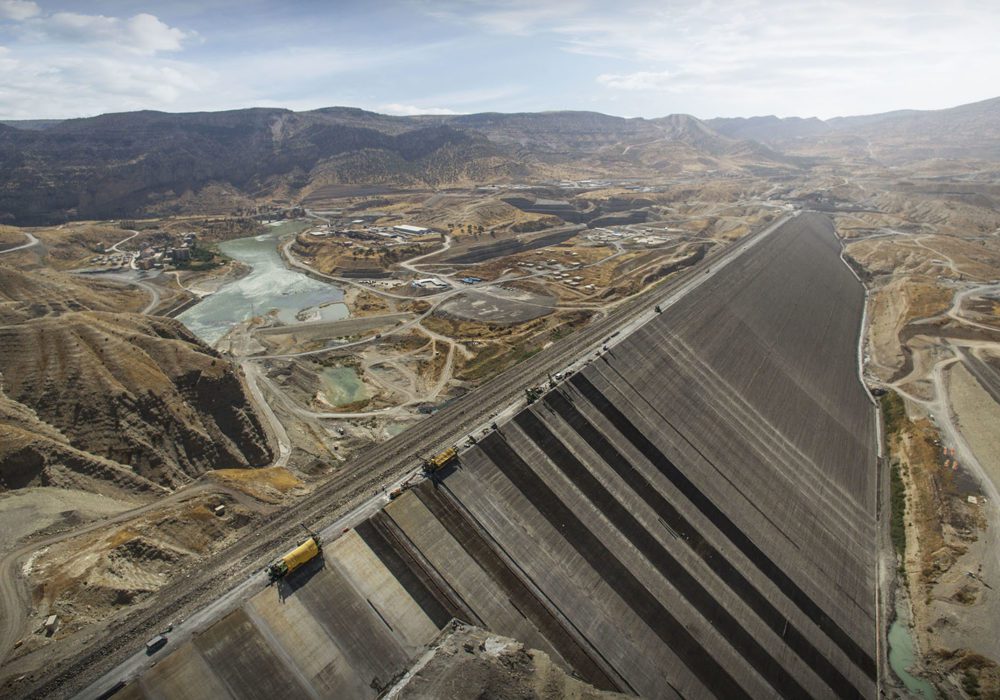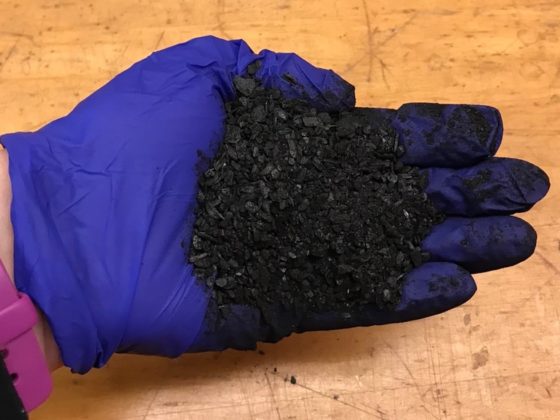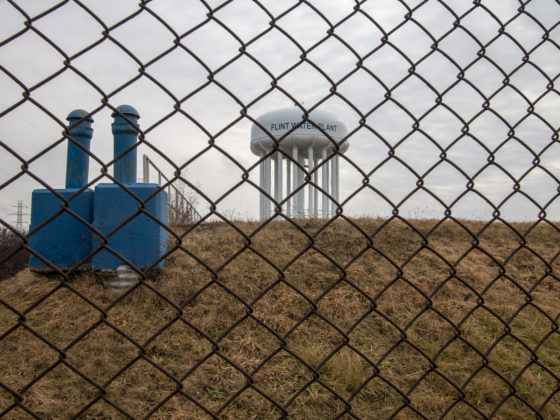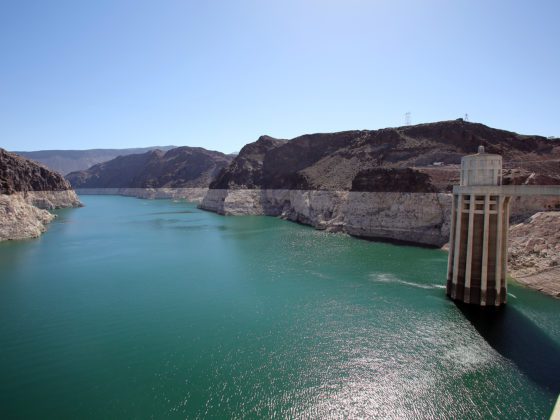Julia Harte, a DC-based journalist for Reuters, gave a public lecture at UVA on October 25th2017. The title of her talk was “Damming Eden, Water Security in Turkey, Syria and Iraq.“ In 2013 she traveled with a team for National Geographic along the Tigris River to conduct field research into the impact of recent dam and irrigation projects in the area, and answered a few questions for us.
The Ilisu Dam near the town of Ilisu in the South-Eastern part of Turkey was central to your reporting. Why is the dam being built? Who stands to benefit from it? And why has the dam been controversial, ever since the idea of building it emerged?
The Turkish government began planning the dam in the 1950s as part of a larger regional development plan, the Southeastern Anatolia Project, which involved constructing 19 hydroelectric plants and 22 dams on the Tigris and Euphrates Rivers. The Turkish government advertised the entire project as a way for Turkey to achieve greater energy independence. Ilisu, in particular, will support a 1,200 MW power station (about 1.5 percent of Turkey’s total power-generating capacity). The current administration has also framed the dam as a symbol of Turkish sovereignty, touting it as a “revolutionary project” that demonstrates Turkey’s ability to fight terrorism.
Ilisu is Turkey’s last major planned dam on the Tigris, and it has been controversial from the start. Turkey’s downstream neighbors say the dam will dramatically reduce the flow of the Tigris into Iraq and Syria, pointing to similar declines in river levels that ensued from previous Turkish dams. In Turkey’s Kurdish-dominated southeast, where Ilisu will inundate 300 historical sites and displace between 25,000 and 75,000 people, many people perceive the project as an effort to exert more control over the natural resources in the region – and, by extension, the people who live near them and rely on them. Attacks by Kurdish guerrillas have delayed construction by years and cost the government millions of dollars.
How has the dam affected people downstream in Iraq? Is it the case that the dam is the only reason for their water challenges? Did people face water challenges before, say, under Saddam Hussein?
Turkey’s hydroelectric dams have reportedly reduced water flow into Iraq and Syria by about 80 and 40 percent, respectively, since 1975. The Ilisu Dam is expected to open on December 31, 2017, but it will take several years for the 10.4 billion-cubic-meter reservoir to flood completely. When it has, Iraqi officials estimate it will reduce the downstream flow of the river by at least half, allowing more salty water to flood into the river from the Persian Gulf in southern Iraq.
Together with a severe drought that has afflicted the region for the past decade, this decline in the quantity and quality of Tigris River water is expected to strangle Iraqi agriculture and hobble the recovery of the Mesopotamian Marshes, vast wetlands in southern Iraq where Sumerian civilization began. The Arabs who live in the marshes were seen as security threats by Saddam Hussein, who accused them of sheltering Shi’ite rebels. He drained the marshes in the 1980s and 1990s by diverting the Tigris into a giant canal. Since the U.S. invasion, the marshes have been making a slow recovery, but the Ilisu Dam will place their survival in jeopardy once more, according to environmental scientists.
The fate of historic town of Hasankeyf has gotten some international attention, why?
Hasankeyf is one of the towns along the Tigris that will be completely submerged by the Ilisu Dam. Unlike most of the other towns, however, Hasankeyf has been continuously inhabited for 12,000 years. From Neolithic settlements to medieval tombs and temples, the town is a living museum where some people alive today grew up in caves built into cliffs overlooking the Tigris. Archeologists are still discovering new artifacts in the town – the most recent Neolithic settlement was unearthed in September – and they estimate that most of Hasankeyf’s archeological sites will be flooded before they can be excavated. The government, controversially, has started moving Hasankeyf’s monuments out of the flood zone by hoisting them onto flatbed trucks and driving them to a nearby “archeological park”.
The modern residents of Hasankeyf will have to move to a state-built settlement on an arid hillside high above the river. The government is charging them more for the new houses than it is compensating them for the loss of their current homes and farms, so they will be forced to take on debt in the move. Despite the government’s assurance that the reservoir will become a center for water sports and tourists will flock to the archeological park, Hasankeyf’s residents are deeply concerned about how to earn a living and keep their local economy afloat in the new Hasankeyf.
How has the Islamic State (ISIS) affected the region in terms of water supply and water security?
The most terrifying threat the Islamic State posed to the region in terms of water security was when it briefly took over Iraq’s Mosul Dam, the largest hydroelectric dam on the Tigris River, for ten days in 2014. The dam was already in bad shape due to erosion and the fact that it was built on soluble rock. When Islamic State militants briefly had control over it, there was frenzied speculation about what would happen if they blew it up, unleashing the 11 billion-cubic-meter reservoir in a catastrophic wave. It could have destroyed large parts of Mosul and entire cities and towns further downstream, and picked up corpses and waste as it crashed through settlements, becoming a toxic, disease-bearing sludge by the time it reached southern Iraq. It would have hamstrung the Iraqi government and allowed the Islamic State to seize even more territory.
Fortunately, that didn’t happen, and an Italian firm is now working to renovate the dam and prevent it from collapsing due to natural stresses. The ongoing war between the Islamic State, Syrian President Bashar al-Assad, and Syrian opposition forces has also stretched Iraq’s already tight water resources by creating a new refugee population in the region. Iraq hosts hundreds of thousands of Syrian refugees as well as millions of internally displaced Iraqis. These highly vulnerable populations are likely to suffer most as a result of future water shortages in Iraq.





